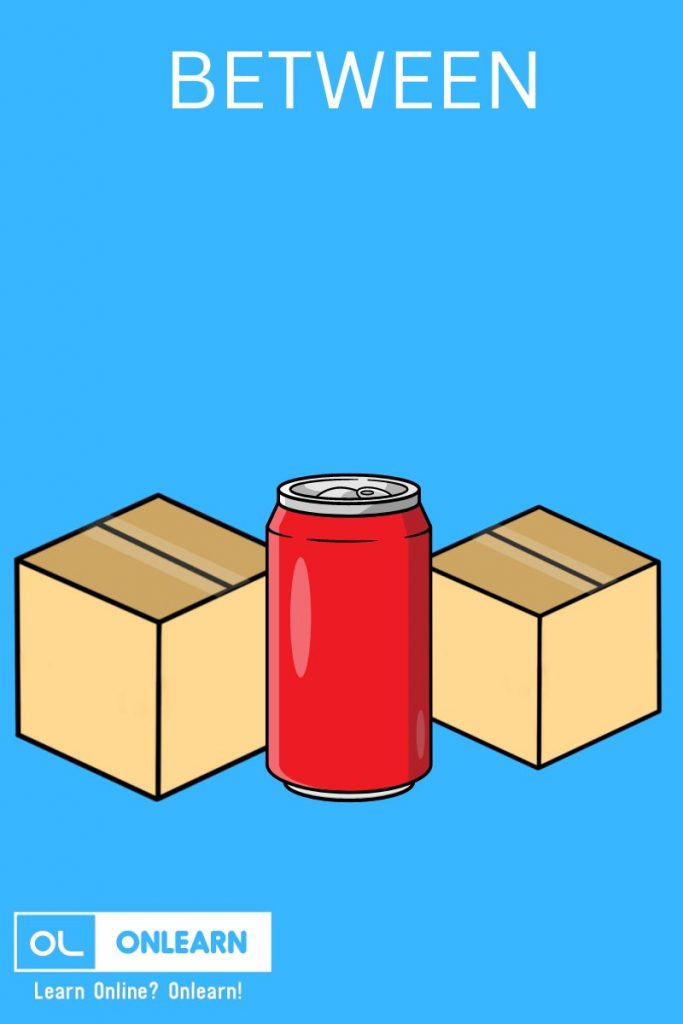Describing a Photograph or Picture.
This is a complete guide to describing a photograph (or any kind of image!) in English. If you want to go straight to the practice exercise, click here. There is also classroom presentation tool of this material in the “Materials” tab above. This lesson is part of a complete and free upper-intermediate English course.

Describing a photograph is a fantastic way to practise speaking English and is part of many assessments (such as the Cambridge FCE, the IELTS or the Duolingo English Test ).
There are various aspects of the language which are useful to describe pictures well. This guide will describe and give examples of each of them in the context of describing photographs and pictures.
Describing the parts of a photograph or picture
Knowing how to describe the parts of an image is essential when describing a photo or picture. These images show common names for different areas of an image.


Describing a Photograph or Picture with “There is / are”.

Use “There is” / “There are” to say what is in the picture.
Use
- “there is” for singular things lists, and uncountable things.
- “there are” for plural things.
Using prepositions of place / location to describe a photograph or picture.
Prepositions of location or place describe where objects are in relation to other objects. These images describe where the red can is in relation to the box.









Examples of There Is / There Are & Prepositions of Place in Context
The image below is described using “there is” and “there are” and prepositions of place / location.

In the centre of the photo there is a woman.
In the foreground there is a plant pot surrounded by soil.
There are some plants in pots in the background .
Order of Adjectives
When a noun is described by multiple adjectives, the adjectives are typically ordered in a specific way. The order of adjectives is as follows;
- Opinion
- Size
- Age
- Shape
- Colour
- Pattern
- Origen
- Material
- Noun
If the adjective order is wrong it won’t usually change the meaning of the sentence, but will make your sentence sound less natural.
“There is a nice, white, ceramic plant pot.”
Correct use of adjective order.
Describing a Picture: Present Continuous
Use the Present Continuous tense to describe actions in a photo as if they are happening now.
The present continuous is formed using the verb “to be” and the present participle (-ing) form of the verb, as shown in the table below.
| Subject Pronoun | To be | Present Participle |
|---|---|---|
| I | am | -ing. |
| you | are | -ing. |
| He / She / It | is | -ing. |
| We | are | -ing. |
| They | are | -ing. |
Be careful with non-action verbs / states. Verbs like have, want, need describe states and not actions. We generally avoid using these verbs in the continuous tenses. leave them in the present simple.
The image below is described using the present continuous, except for one sentence (which uses the non-action verb “have”) which is left in the present simple.

“There is a woman is sitting on the floor.”
“The woman is holding a plant in a pot.”
“She is wearing an apron.”
“The woman has long, dark hair.”
To revise the present continuous check out the complete lesson and exercises here.
Verbs of the Senses. (Looks)
We can use the verb “look” to describe what we think we can see in a picture or photograph. This table shows how to use “look” with adjectives, nouns and clauses to describe a photograph.
| Form | Example |
|---|---|
| Verb + Adjective. | “She looks sad.” |
| Verb + like + noun. | “She looks like a florist.” |
| Verb + as if + clause. | “She looks as if she has had an argument!” |
Seem / appear + infinitive
Seem and appear are also useful verbs to describe images. They can both be followed by an infinitive.
“She seems to be the boss.”
“It seems to be somewhere quite cold.”
“It appears to be late at night.”
To study or revise sense verbs & “appear” / “seem” check out the complete lesson with interactive exercises here.
Using modal verbs for speculation & deduction about pictures and photographs.
Modal verbs are really useful for speculation and deduction when talking about images. We can indicate how certain we are of things and give logical conclusions. The table below gives some examples.
| Sure it’s impossible | Not sure | Sure it’s true |
|---|---|---|
| Can’t / couldn’t | May / Might / Could | Must |
| He can’t be a teacher because he isn’t very old. | He might be about 14 years old. | He must be a student. |
Using past modal verbs to speculate about the context of a picture or photograph.
Similarly, past modals are can be used to speculate about the context of a picture or photograph.
| Sure that something is impossible / untrue | Unsure / Uncertain | Sure that something is true |
|---|---|---|
| Can’t / couldn’t have | May / Might / Could have | Must have |
| She can’t have had good news! | She might have failed an exam. | She must have had some bad news. |
To learn more about modal verbs and how to use them for speculation, check out the complete lesson and exercises here.
Describing photographs using relative & participle clauses.
Participle clauses can be useful for describing the characteristics of something in an image or what something is doing.
Participle clauses begin with one of two types of participle;
- A present participle (seeing, working, knowing, etc..) which has an active meaning.
- A past participle (described, studied, known, etc…) which has a passive meaning.
A participle clause can replace a relative pronoun and verb in a sentence.

Present Participle Clauses with Active Meaning
Description with relative clauses.
- There is a woman who is using a computer. She is waving at the screen.
Description with present participle clauses.
- There is a woman using a computer, waving at the screen.
Past Participle Clauses for Passive meaning.
Description with relative clauses.
- There is a baby who is dressed in a white rabbit costume. The baby is surrounded by leaves.
Description with past participle clauses.
- There is a baby dressed in a white rabbit costume surrounded by leaves.

To learn more about or to revise relative clauses and participle clauses, check out this full lesson and exercises.
Example of everything in this lesson in context
The following image is described using all of the elements described in this lesson.

In the centre of the photo there is a woman wearing an apron sitting on a wooden floor holding a tall, green plant in a grey pot.
In the foreground, in the bottom right of the picture, there is a white plant pot surrounded by soil. Next to her, on the floor on the left of the photo there is a white watering can.
There are more plants in pots in the background.
It looks as if she is in an apartment or house. It looks like she’s repotting the plant, possibly from the white pot to the larger grey pot.
She looks sad, she might have had some bad news
